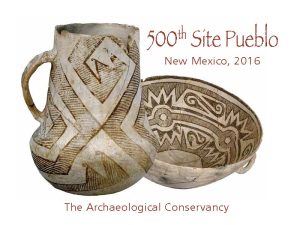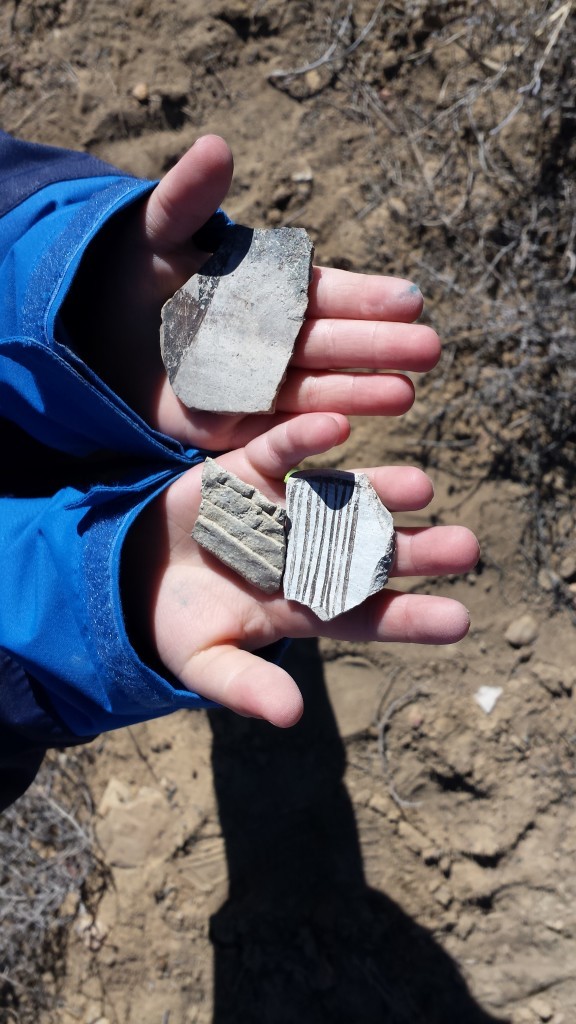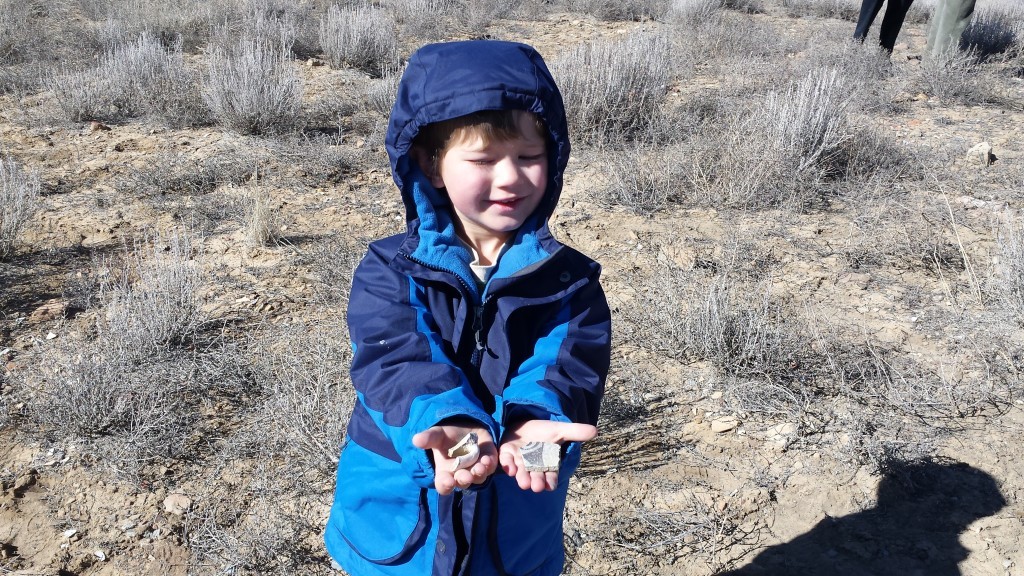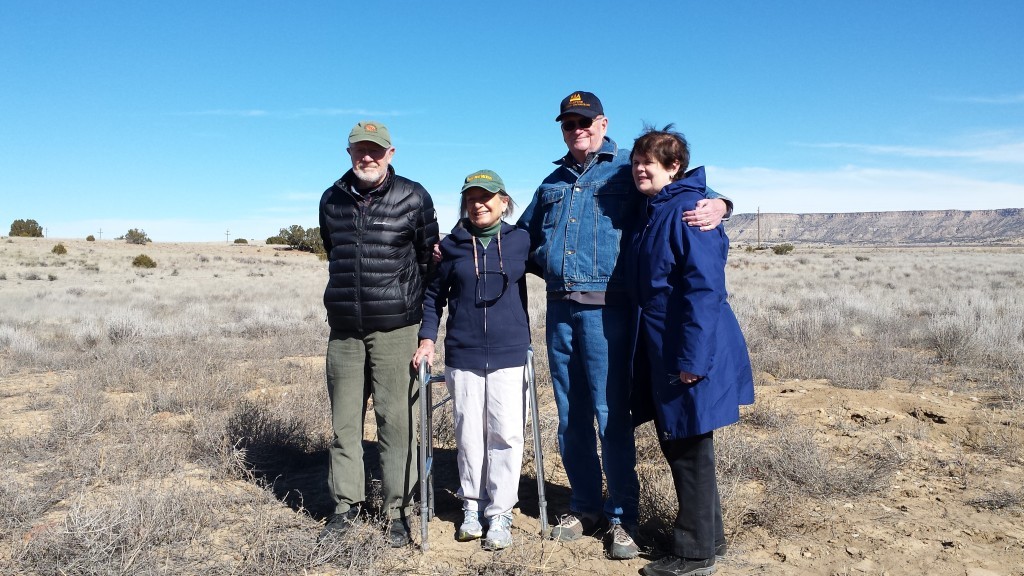April 2016
The Archaeological Conservancy celebrated 36 years of saving sites with the purchase of the 500th Site. The aptly named “Site 500” is an amazing 45-acre Chaco outlier with occupation dates from A.D. 1050 to 1130. It is located on a ranch near Grants, New Mexico, not far from Chaco Canyon.
Chaco Canyon in northeastern New Mexico was the administrative, spiritual, and economic capital of the Southwest from A.D. 850–1150. While Chacoan culture, with its dramatic great houses and concentration of monumental architecture, was centered within the canyon, its influence extended to more than 150 outlying communities spread across some 31,000 square miles in northwest New Mexico, southwest Colorado, southeast Utah, and northeast Arizona. A network of roads linked outlying communities with Chaco’s central hub. Its outlying settlements are critical to understanding Chaco, but these outliers are threatened by vandalism and oil and gas development.
The Conservancy has preserved 46 Ancestral Puebloan sites, some of which have Chaco-style features. Chaco sites consist of great house and small communities. Great house communities are large, with multi-story buildings concentrated in central areas. Small communities are single-story structures with up to 16 rooms that are dispersed throughout the landscape. Both communities have kivas.
The 500th Site Pueblo was first documented in 2013 during an archaeological survey conducted before the capping and stabilization of an abandoned uranium mine on the ranch. Just before the survey, the landowner told archaeologists there were over 20 Chaco style structures on his property. The archaeologists contacted the Conservancy about this exciting site and facilitated a meeting with the landowner. The Conservancy toured a 45-acre parcel of the ranch with a cluster of about a dozen or more dispersed masonry room blocks that may be associated with another outlier just a few miles away.
In the knee-high brown grass, there are tell-tale signs of several rubble mounds rising above the flat pasture. These rubble mounds, consisting of sandstone blocks, are the remains of collapsed structures. Each mound has a trash midden nearby. The site has many ceramics spread across the site including Puerco black-on-red and Gallup black-on-white, both associated with the height of the Chaco system.
Other than gopher holes, there is no evidence that these mounds have ever been disturbed, a real rarity for Ancestral Puebloan sites in the Southwest. Recognizing the importance of the site, the landowner agreed to sell the site to the Conservancy to ensure its preservation.
Despite more than a century of excavation and study at Chaco, archaeologists still disagree on the answers to Chaco’s mysteries. More questions than answers exist about the path that took Chaco from a vibrant cultural center to total abandonment. The Chacoan system underwent momentous change in the early A.D. 1100s. Its center moved from the canyon north to the Aztec area, and its power in the region diminished considerably.
So far, no research has been conducted at the 500th Site Pueblo, making it a potentially invaluable site for archaeologists.. Questions that may be answered include:
- How was the Chacoan system, either ritual or sociopolitical, implemented far outside the canyon?
- What benefits would Chacoan Outliers have received through membership in the Chacoan system?
- To what extent were those benefits enhanced or diminished by their distance from Chaco?








